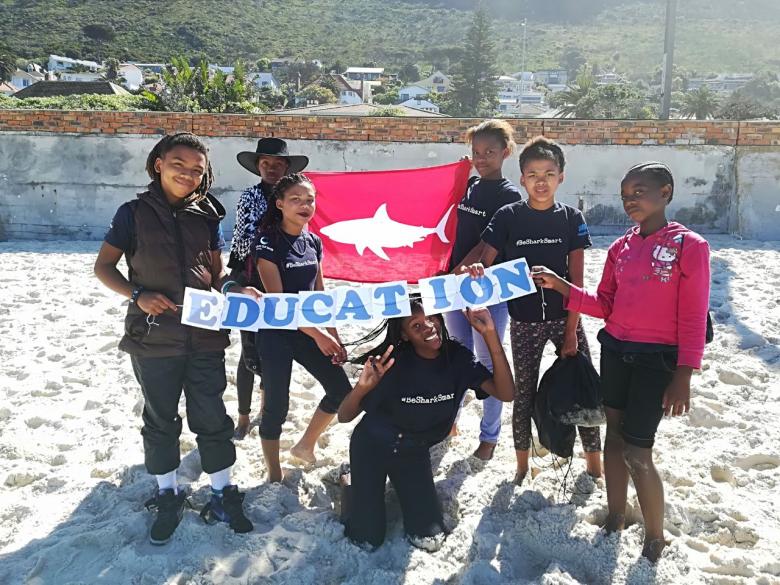Shark Spotters (est.2004) is a pioneering shark-safety program that has attracted local and international attention because of the novel way it seeks to reduce conflicts between people and sharks in Cape Town. Shark Spotters finds a balance between recreational water-user safety and white shark conservation through pro-actively reducing negative shark-human interactions, by using spotters and an exclusion barrier.
We also conduct applied research on shark ecology and behaviour, raise awareness about shark conservation issues, conduct proactive and reactive coastal conservation interventions and provide employment opportunities and skills development for previously disadvantaged individuals.
Shark Spotters is a unique, socially and environmentally responsible initiative that protects beach tourism, the local economy and the environment from the negative repercussions of shark bite incidents as well as actively conserving and rehabilitating our marine environment from human-induced impacts.


